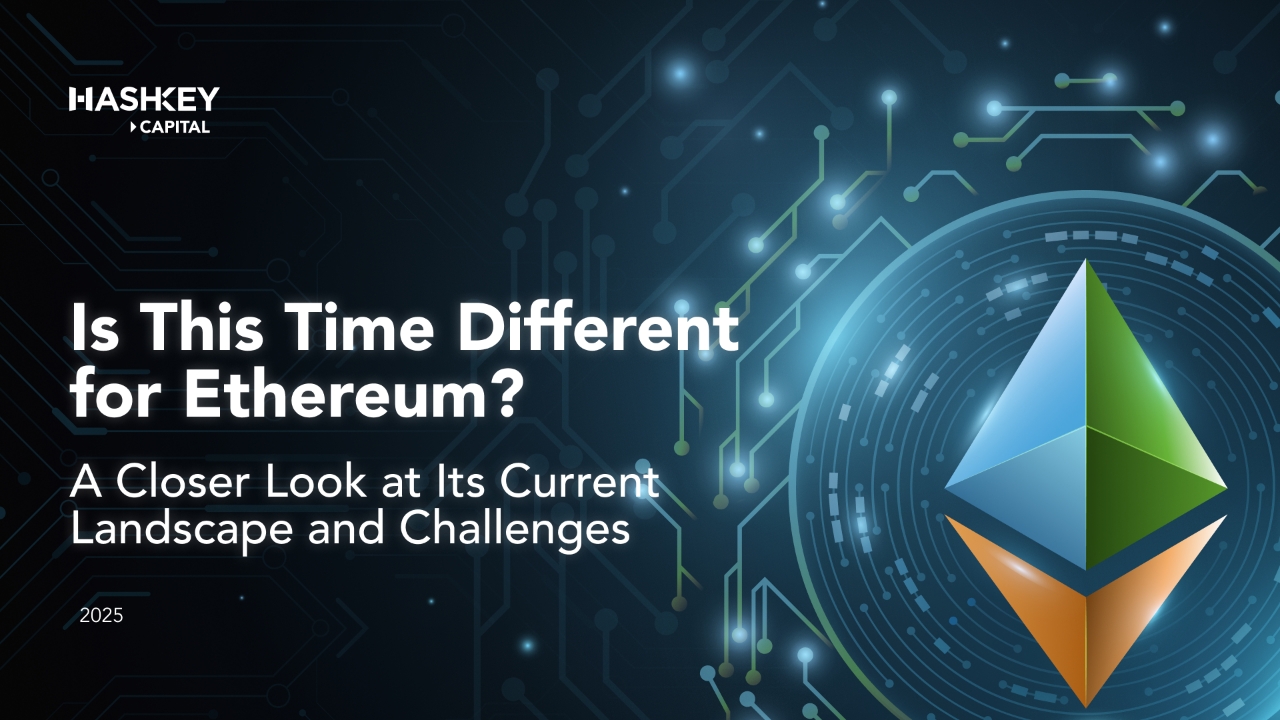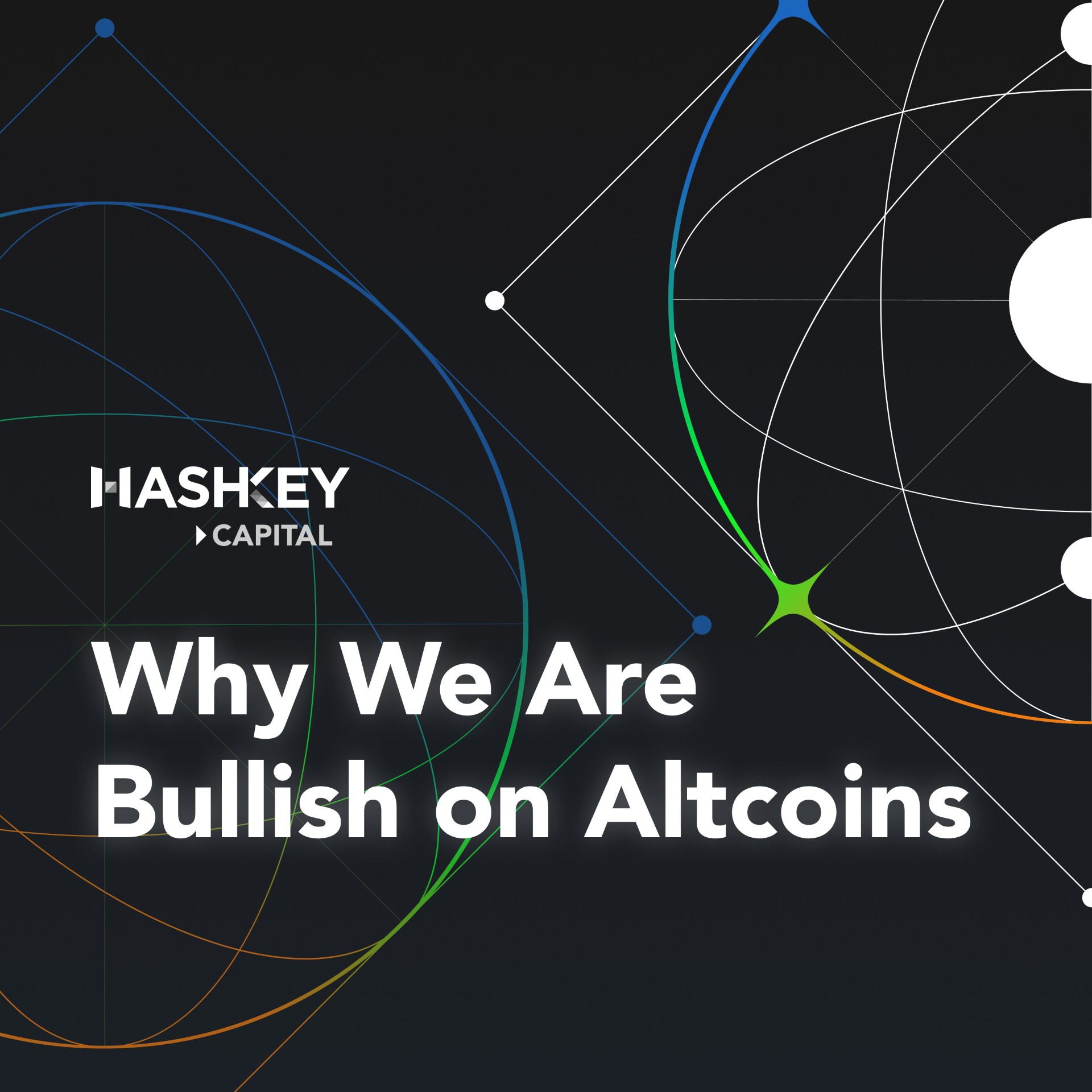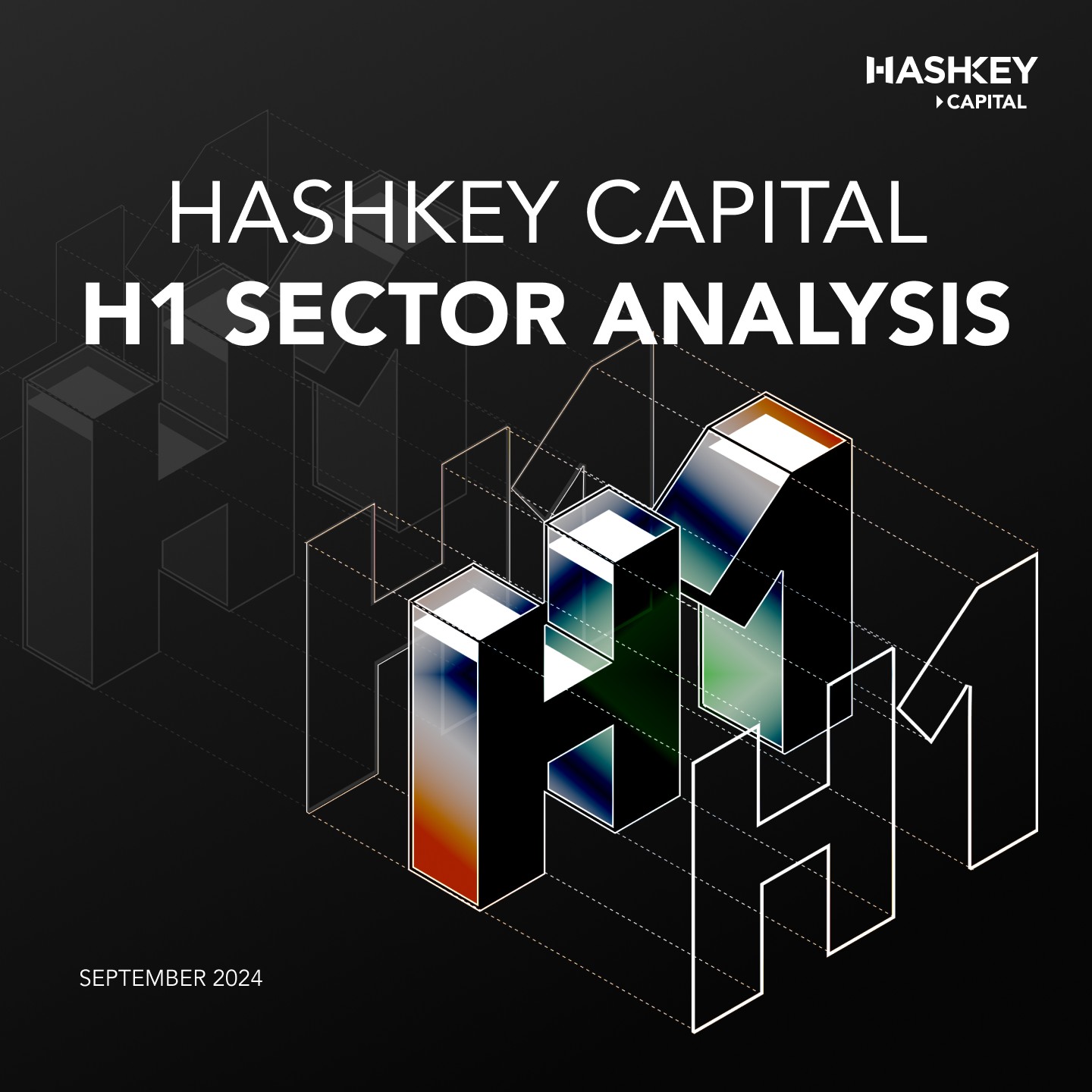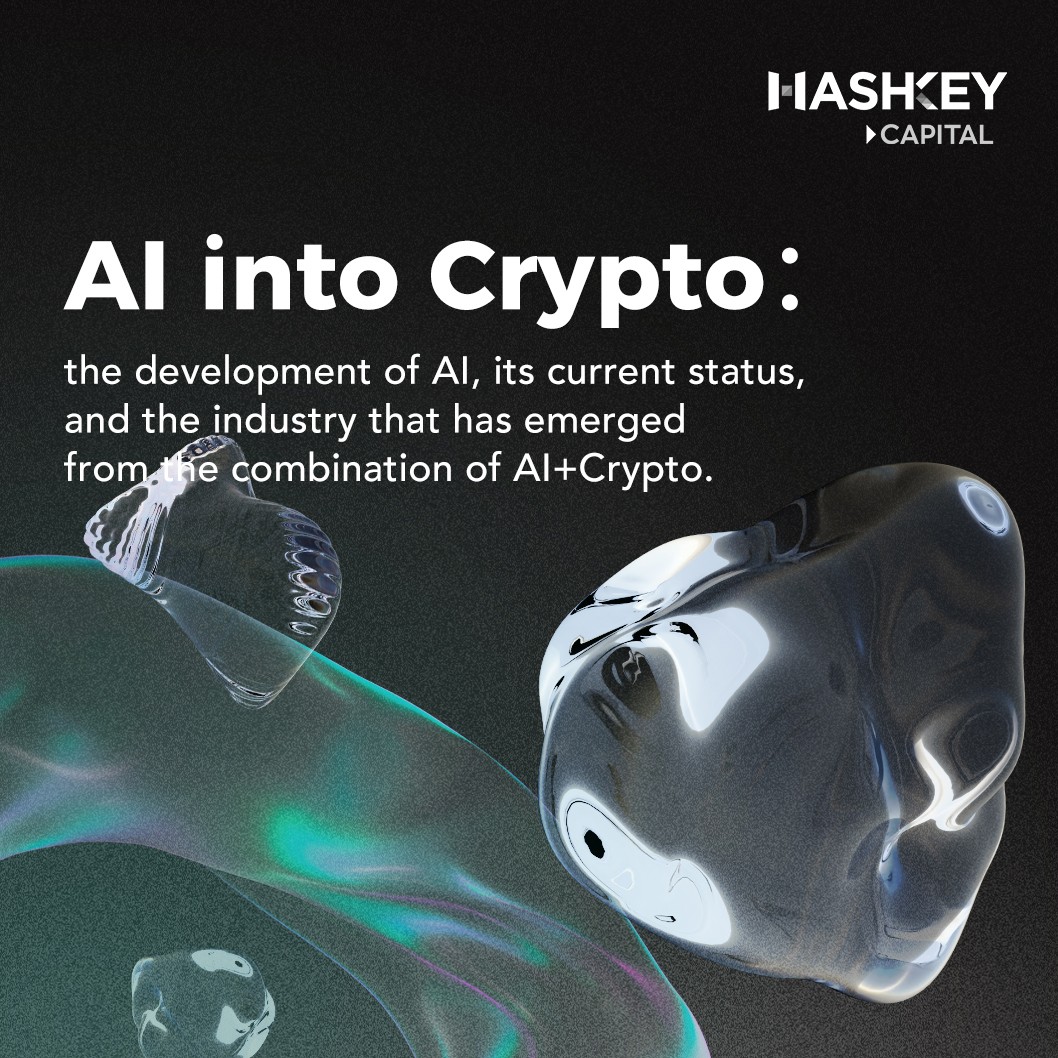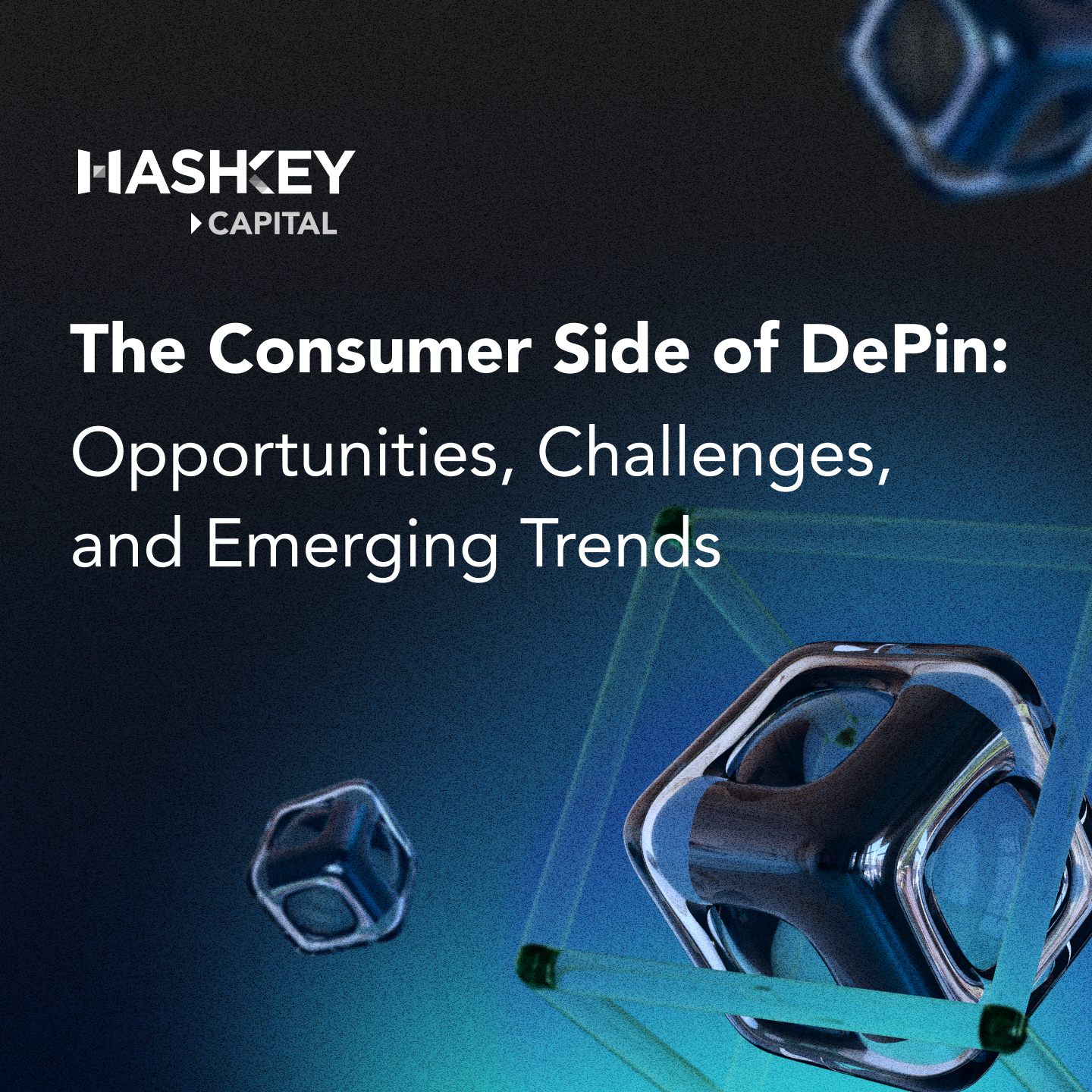“Ethereum is dead”.
This is a pervasive argument that has recently appeared in various communities and media. In fact, Vitalik himself used this sentence to analyze the various difficulties experienced by Ethereum at the previous Wanxiang Blockchain Conference. The audience understood that Vitalik was being self-deprecating — perhaps even playfully mocking the persistent FUD surrounding Ethereum. But what’s different this time is that many people are starting to believe that Ethereum may be past its prime.
In the past year, the price performance of ETH has been below expectations. The ETH/BTC ratio declined throughout 2024, as competing networks steadily chipped away at Ethereum’s market dominance. Notably, Solana has surpassed Ethereum both in terms of the number of active DEX users and transaction volume. Ethereum’s worrisome decline warrants us to examine the wider macro environment and the competitive landscape.
Comprehensive Analysis of The Current Situation of Ethereum
Before analyzing the specific problems of Ethereum, we will review its performance and competitive landscape.
On-chain Activities
We compare the performance of L1/L2 networks, evaluating them based on metrics such as TVL, stablecoins, active addresses, transaction volume, etc.

Ethereum TVL is still the first in place with $47.49B, and the stablecoin supply, which stands at $123.29B, is also an order of magnitude higher than Solana. Testament to the maturity of the network is Ethereum’s vibrant ecosystem that houses more than 1,216 projects, although Solana comes at a close second place. However, Solana’s transaction volume surpasses Ethereum's at $47.3B. Despite the higher TVL, the relatively lower trading volume underscores the different user profiles: Ethereum users lean toward passive DeFi farming, while Solana users show a greater preference for active, speculative trading.
Blockchain Networks
If we compare Solana, Sui, and Aptos horizontally, Ethereum is still the most decentralized blockchain network after Bitcoin. The number of active validators in Ethereum in 2025 has remained at around 1.05M. This is in comparison to around 980k during the same period last year, representing a YoY validator growth of ~7%. Evident from Ethereum’s technical roadmap (The Purge), it is still trying to maintain a balance between decentralization and scalability.

The validator entry queue has decreased significantly compared to March and April of last year, reflecting a drop in staking demand. While staked ETH has plateaued, the continued presence of a positive entry queue supports strong network security across the ecosystem.
Developer
Ethereum continues to lead with the largest developer base — and that number grows even higher when factoring in developers building on Layer 2s and related EVM-compatible chains. More so, discussions on the ethresearch forum remain active, underscoring the vibrant developer community on Ethereum.

According to the Electric Capital 2024 report:
The number of established developers in Ethereum grew by 21% in 2024, while the number of developers with shorter tenure fell.
56% of Ethereum ecosystem developers now work on L2s, up from 25% in 2022.
Despite the Dencun Upgrade and the increasing shift to rollups, Ethereum’s developer count remains the largest. However, in terms of L2s, Base has the most active developers.
According to a16z Crypto’s statistics, Ethereum remains the favored ecosystem among developers, with 20.8% of crypto projects built on Ethereum. Solana and Base ranked second and third, accounting for 11.2% and 10.7% of crypto companies, respectively.
Based on the available data, Ethereum experienced a relatively stable period until signs of weakness emerged recently. Various opinions have emerged — from critiques of the Foundation’s inaction to concerns about L2 “vampire attacks.” Below, we explore Ethereum’s performance and future growth from multiple perspectives.
Are Ethereum’s Low Performance and High Costs Preventing Memes From Developing?
Solana’s success in this cycle is largely due to its strategic alignment with the wave of meme coins, positioning itself as the most important meme coin issuance base. Many new users who entered this cycle chose Solana instead of Ethereum, even U.S. President Trump, who chose to issue his meme coin on Solana (for more information, please refer to our previous report). Meme coin traders are drawn to Solana due to its substantially lower transaction fees and superior throughput — at its peak, it processed 2,909 transactions per second compared to Ethereum’s 62.34 TPS.
This raises the question: Does Ethereum’s comparatively limited performance and high gas fees discourage retail memecoin traders, prompting them to migrate to higher‑performance chains like Solana?
But this argument can be easily debunked.
It is true that Ethereum may not provide a low-cost and seamless experience for retail investors who want to perform quick meme coin trades. But this seemingly rhetorical question can be debunked with some factual counterexamples. The emergence and success of memes can be attributed to the increasingly mature DeFi ecosystems that facilitated seamless token creation and trading. As the most mature smart contract platform, Ethereum laid the groundwork for DeFi activities to flourish and rapidly grow during a period that is now coined, DeFi Summer. Beyond meme coin trading, DeFi encompasses various sub sectors such as lending, staking, liquid staking and onchain asset management, among others.
During the 2020 DeFi Summer, gas fees were much higher than they are now with relatively longer block finality time. Furthermore, other competing Layer 1 networks at that time — such as Binance Smart Chain (BSC) — also prioritized EVM compatibility, while offering lower transaction fees. Ethereum, being the first mover in shaping the DeFi landscape, has benefited significantly as it raised the highest DeFi TVL compared to other competing chains. The massive TVL, although seemingly stagnant now, holds massive potential for growth if reignited.
Even for problems that have long plagued Ethereum, such as state explosion, analysis shows that it does not affect the performance of Ethereum to a great extent.
So, what’s the problem? The most critical factors aren’t technical but rather non-technical — like the strength of the community and its overall culture.
Community
Ethereum’s core developers generally dislike memes. This sentiment is clearly reflected in Vitalik’s article. Beyond the openly expressed aversion to meme culture, this may also reflect a broader shift in mindset among ecosystem stakeholders.
On the surface, the Ethereum ecosystem appears to prioritize ethical and socially meaningful value creation over purely profit‑driven pursuits. This idea is not entirely new but has , in fact, already been demonstrated during DeFi Summer (for example, Uniswap refusing yield farming, Vitalik donating his $1B Shib airdrop etc,).
This cycle has shown that having meme-focused, consumer-facing applications(which Ethereum currently lacks in comparison to Solana) plays an important role in onboarding users and driving network revenue. While one could argue that the Ethereum ecosystem doesn’t need user activity driven purely by memes or gambling, if rollups fail to support mainstream, non-gambling applications — like gaming or social platforms — this risks limiting broader adoption and could intensify downward pressure on ETH’s price.
The Failure of the “Fat Protocol” Thesis
In addition to the Ethereum community’s rejection of memes, the changing nature of industry cycles also plays a significant role in Ethereum’s success.
The crypto industry widely embraces the “fat protocol” thesis — the idea that infrastructure layers (including but not limited to L1s and L2s) capture the majority of value generated by the dApps built on top of them, thanks to their critical roles in value transmission, settlement, and security. As a result, infrastructure projects tend to receive higher valuations in capital markets compared to application-layer projects. This stands in contrast to the traditional Internet model, where protocols were not designed with built-in mechanisms for value transfer. Consequently, most economic value in Web2 has historically accrued at the application layer rather than within the protocol stack itself.
But it’s different this time. An important feature of this cycle is the low return on investment on ultra-high-value infrastructure projects. One reason is, the industry has carried out excessive infrastructure construction in the past few years, probably in the hope that “when the roads are widened, there may be more cars in the future.” Yet, this cycle has produced few breakout applications on Ethereum — whether in DeFi, NFTs, or gaming — and meme projects have become the primary destination for retail investors.
Given the previously exorbitant project valuations in the market, we think the recent pullback is necessary for broader market recovery. The industry has also begun to recognize the community value behind memes to a certain extent, a correction to the previously low community sentiment. In any case, this cycle has once again reignited the ongoing debate around value distribution between protocols and applications while also underscoring the importance of strong consumer-facing products that can grow and sustain the user base by offering low barriers to entry.
Has Ethereum Fallen Behind This Cycle?
Does this imply that Ethereum — renowned for its battle‑tested security and robust infrastructure — is no longer well‑suited to today’s and tomorrow’s consumer‑centric landscape?
Even a market wholly centered on user interests can still run into pitfalls, particularly when profit-driven motives — like those fueling most meme coin trades — are driving behaviors to the detriment of the ecosystem.
Analysis such as “Everything is Ponzi” tends to reduce all on-chain activities to the logic of on-chain casinos. Many industry professionals have developed a marked inclination toward existential or even nihilistic perspectives. There are also opinions that Ethereum can no longer keep up with the current community-based gameplay and is “ungrounded”, so it lags behind networks such as Solana this time around.
Long-time industry participants might find the “onchain casino” narrative oddly familiar — and rightly so. A similar pattern emerged with EOS in 2018. Back then, when people talked about “Dapps,” they were usually referring to gambling apps, blockchain-based games built on EOS rather than the early DeFi protocols quietly taking shape on Ethereum. Due to the high performance and low handling fees of EOS, these applications created a number of “magic projects” that have generated $3B in turnover within 30 days. EOS also heavily promoted its DPoS-based consensus mechanism, claiming it could one day support millions of transactions per second — an idea that sparked significant imagination and hype at the time.
However, the decentralization (21 super nodes) that EOS sacrificed for performance was gradually exposed when it was unable to scale network capacity as proclaimed. As the overall market cooled down and its self-benefit effects decreased, these centralization issues began to surface, and they were completely left behind when the DeFi summer began in 2020; the EVM chain became the de facto standard for dApps.
Given that infrastructure maturity was relatively nascent during the time, the development and adoption of consumer-facing applications can be said to be suboptimal at best. Currently, blockchain infrastructures have made leaps of development, allowing them to better support high-performance consumer applications ,which could eventually translate to higher ROIs for the underlying protocols.
Is the change to PoS burying Ethereum’s problems?
Since transitioning to PoS, Ethereum’s price performance has been relatively stable. Some argue that the shift led to greater centralization and the loss of miner support — factors contributing to its current challenges. However, this narrative warrants closer examination.
If governance centralization is the concern, it’s worth noting that Ethereum’s core developers have long held significant influence over network upgrades — even before the Merge. From the hard fork rollback following the DAO incident to the strong push for EIP-1559, centralized decision-making has been part of Ethereum’s history from the start.
Instead of repeating the analysis of EIP-1559 in 2021, we will instead examine EIP-1559’s impact in the current rollup-centric environment of Ethereum.
Proponents of EIP-1559 argue that during periods of heightened Ethereum network activity, the mechanism burns more ETH, creating a deflationary environment that positively influences Ethereum’s price dynamics. However, when most of the activities on Ethereum are transferred to L2, Ethereum plays a role similar to a “central bank” and assumes more of a DA role, while much of the retail activity is gradually migrated to rollups. At this time, the EIP-1559 model may begin to “backfire” on ETH, causing the overall supply to shift from deflationary to inflationary, especially if the number of ETH burnt does not exceed the issuance rate. This was especially evident after the Dencun Upgrade as Ethereum struggled to maintain a deflationary supply.
L2 is a Vampire Attack
Following the L2 issue discussed, we can see that the community’s criticism of L2 being a vampire attack on Ethereum is justified to a certain extent. L2 uses the security of Ethereum, but the DA fee paid by L2 on Ethereum is not high. This results in the DA and settlement demand generated by rollups being unable to support the price of Ethereum like DeFi in the previous cycle. Therefore, it is difficult for the ETH currency price to capture the added value of L2 users.
The lack of a sustainable narrative in this cycle has limited yield opportunities for retail users. Meme coins, often associated with sentimental value and community attention, have been the biggest beneficiaries as retail users pivot their attention to this subsector. Networks like Solana and Base offer higher performance than Ethereum, thus making them ideal for developing large-scale consumer applications.
At present, Ethereum seems to be at a crossroads, requiring calculated decisions that align scalability and value accrual. As the number of users and applications on L2 increases, the demand and price of Ethereum will hopefully rise. This scenario is comparable to Solana, where transaction fees are significantly lower. However, because users require SOL to execute transactions, the demand generated by meme coin trading has substantially driven up SOL’s price.
In addition to vampire attacks, interoperability issues among L2s further fragment asset liquidity and dilute user focus.
As we’ve pointed out in our previous report, the Ethereum ecosystem consists of based rollup, shared sequencer, cross-chain intents, ERC-7683, and ERC-7802. Most recently, the Cosmos community has been actively promoting IBC v2 to provide a mature cross-chain solution for Ethereum.
Ethereum Foundation
Beyond the aforementioned concerns regarding Ethereum’s economic model, value capture, and technical roadmap, the Ethereum Foundation (EF) has also recently become the subject of significant criticism.
Let’s look at the prime example of EF selling tokens first. From a rational point of view, token sales are required to maintain operational needs. However, this also represents another headwind undermining the price growth of Ethereum each time this happens. Ultimately, much of the community’s criticism stems from frustration over whether the Ethereum Foundation genuinely prioritizes Ethereum’s long-term price stability.
The problem may again lie in the EF coaching culture. EF, under the management of Aya Miyaguchi, prefers to build Ethereum as a non-profit network for “human coordination” instead of short-term value. At the same time, within the team, Aya doesn’t want people to compete and win. Under this direction, the Ethereum community is obviously at a disadvantage when competing with networks such as Solana in terms of execution and competitive efficiency.
Nonetheless, it is worth mentioning that the Ethereum Foundation has recently recognised the severity of the problem. They have begun to introduce people outside the original EF system, such as Tomasz Stańczak, as ED, to improve the culture of the Ethereum Foundation.
Additionally, the Ethereum Foundation (EF) has shown signs of being more responsive to community sentiment. Rather than selling ETH, it has started putting treasury assets to productive use — such as depositing ETH into AAVE, etc. These actions fall short of staking due to EF’s stated concerns about being forced to take sides during a potential fork. However, in recent times, the EF has stated its intention to explore staking opportunities once again alongside these initiatives, which are well regarded as positive signals for ETH’s price.
On the other hand, according to Haseeb’s observation, EF is also reducing focus on research and the academy and increasing engagement with founders. In addition, based on feedback from some Ethereum wallet projects, EF is strengthening its ties with products that directly target end users, such as wallets, to understand the needs of ordinary users. These developments collectively represent positive progress for the Ethereum community.
Conclusion
Ethereum faces various technical challenges, including Layer 2 ‘cannibalism’, as well as critical topics such as MEV’s impact on user experience and the ambiguous market positioning of Account Abstraction (AA). However, beyond these technical concerns, perhaps the most crucial factor influencing Ethereum’s future is its community and culture. They have a strong impact on the sentiments and conviction in Ethereum.
With the Ethereum Foundation taking a more active role in supporting the ecosystem, it remains to be seen whether Ethereum can reverse its recent decline.

 HashKey Capital
HashKey Capital